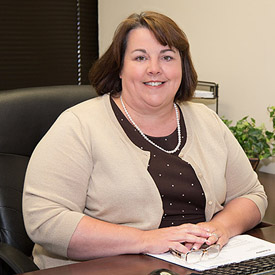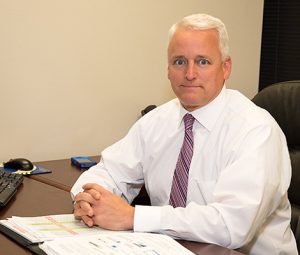As time goes by, the needs of a company and the needs of the participants evolve, and a plan may need to be amended to keep up with those changes. This is a good time of year to review plan provisions and determine if any changes are needed before the next plan year. Below are some possible considerations:
Automatic enrollment can boost plan participation. Participants who don’t make an election will have 401(k) deferrals withheld automatically. There are several types of automatic enrollment designs that offer variations that may work best for the plan.
Does the plan fail the Actual Deferral Percentage/Actual Contribution Percentage (ADP/ACP) testing and require refunds to the Highly Compensated Employees? If so, it may be beneficial to add a safe harbor contribution, which could be either a match or a non-elective contribution. If the plan already has a safe harbor contribution, it’s possible that a different type of safe harbor will provide a better result.
Should employees be eligible for the plan earlier, or should they be ineligible for a longer period of time? It may be time to review the plan’s eligibility requirements.
Are the right participants receiving the contribution? For a non-safe harbor contribution, consider how terminated participants, participants who work low hours, and different classes of employees earn a contribution.
Is the best profit-sharing contribution formula being used? There are several ways to allocate a profit-sharing contribution, including pro rata (everyone receives the same percentage), integrated (employees with earnings above a certain dollar amount receive more), cross tested/new comparability (projects benefit to retirement and each person can receive a different contribution) and flat dollar amount (everyone receives the same amount). The best fit may change over time as the employee base changes.
Certain owners looking to boost the employer contribution beyond the limits of an existing 401(k) plan may be interested in adding a cash balance plan.
These are some ideas to be considered by plan sponsors throughout the life of a plan. Reach out if you would like to discuss any of these options.
This newsletter is intended to provide general information on matters of interest in the area of qualified retirement plans and is distributed with the understanding that the publisher and distributor are not rendering legal, tax or other professional advice. Readers should not act or rely on any information in this newsletter without first seeking the advice of an independent tax advisor such as an attorney or CPA.
Top of Page
© 2023 Benefit Insights, LLC. All Rights Reserved.













